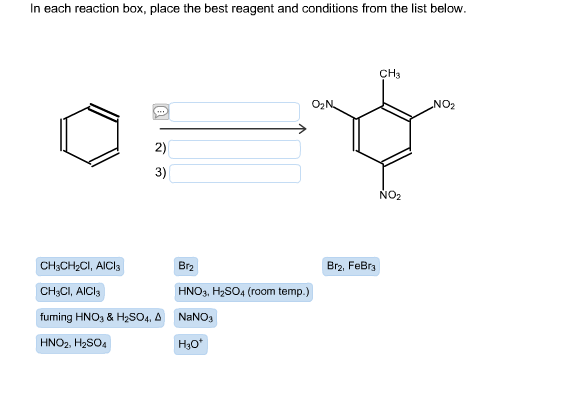
Nitric acid’s potential for plastic production is also noteworthy. Its use in the space industry depends on the ability to store the raw material efficiently. For this purpose, a mixture of HNO 3, dinitrogen tetroxide and hydrogen peroxide, also known as red fuming nitric acid, is prepared. When combined with aromatic compounds, it yields substances used to make explosives such as TNT and nitroglycerine.Īnother important application is rocket fuel.

In the chemical industry, nitric acid (V) is primarily a precursor to organic nitrogen compounds, such as nitrobenzenes. In addition, HNO 3 can be used for soil acidification in horticulture. It provides crops and ornamental plants with the nitrogen they need to grow, in high, easily digestible doses. Neutralization of nitric acid with ammonia results in ammonium nitrate – the most important component of mineral fertilisers used worldwide. Under laboratory conditions, an alternative production method is the reaction of potassium nitrate with sulphuric acid to produce pure nitric acid (V). For purchase, a concentration of 65–68% is most desirable. This is the catalytic oxidation of ammonia to nitric oxide, which, using special absorption towers, yields concentrated HNO 3 acid. For commercial purposes, the basic production method is the so-called Ostwald process. Nitric acid can be obtained by reacting nitrogen dioxide with water. Accidental consumption of HNO 3, on the other hand, can cause death due to perforation of the stomach or intestinal wall. As vapour, it attacks the respiratory tract, leading to swelling and pneumonia. Upon contact with the skin, it causes severe burns and even necrosis. The latter oxidise to acids.Ĭoncentrated nitric acid is highly hazardous to health. However, inactive metals and some non-metals, such as sulphur, phosphorus and carbon in the form of graphite, also react with HNO 3. This fact explains the violence of the reactions with metals, which result in the release of hydrogen. A significant proportion of reactions involving it are even explosive.īoth nitric acid itself and its salts are strong oxidizers. It reacts readily with numerous substances and produces heat when dissolved in water. When stored for a long time and exposed to temperature, it turns yellow due to spontaneous decomposition into nitrogen oxides and water. Nitric acid (V) is a colourless liquid with an extremely pungent odour and corrosive properties. In fact, HNO 3 is highly corrosive and very chemically active. At that time, it was used to produce so-called royal water ( aqua regia), a solution capable of dissolving gold and platinum.


The earliest records of nitric acid date back to the 14th century and the first bold alchemical attempts.


 0 kommentar(er)
0 kommentar(er)
